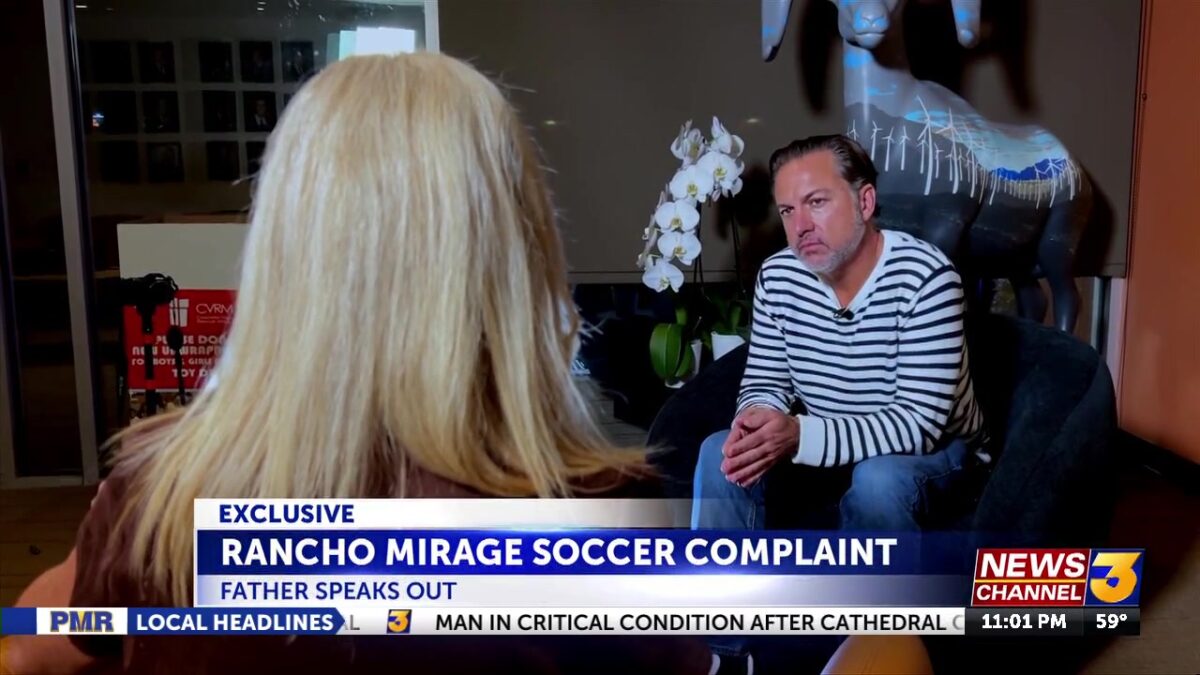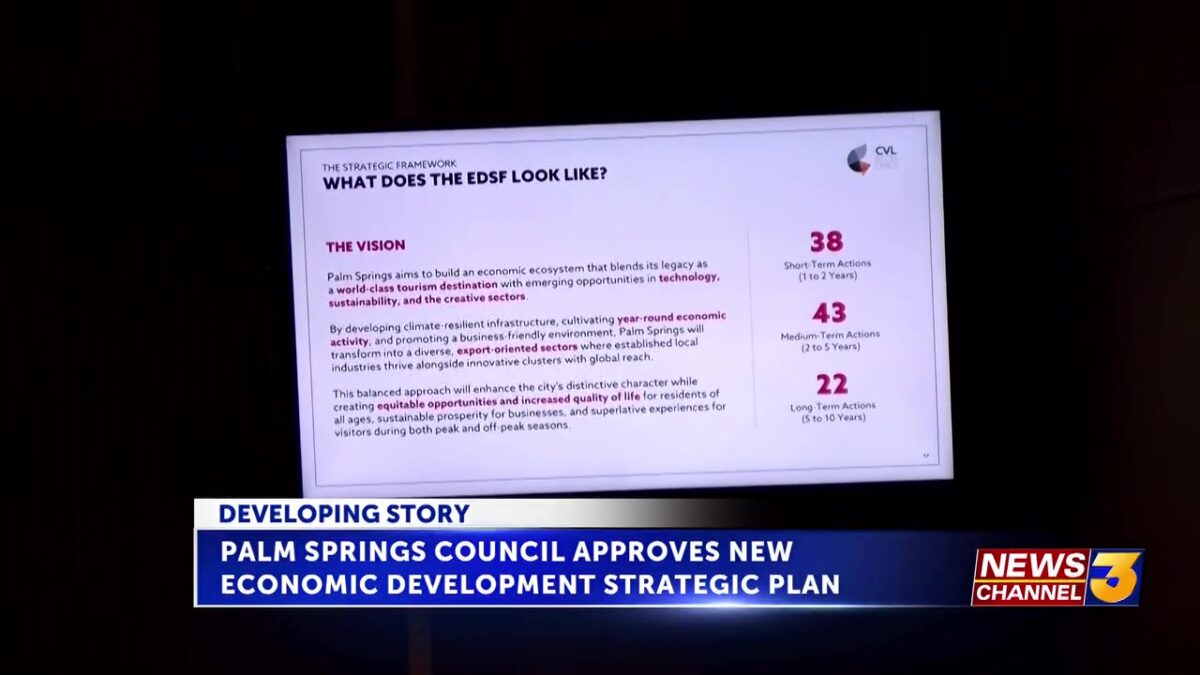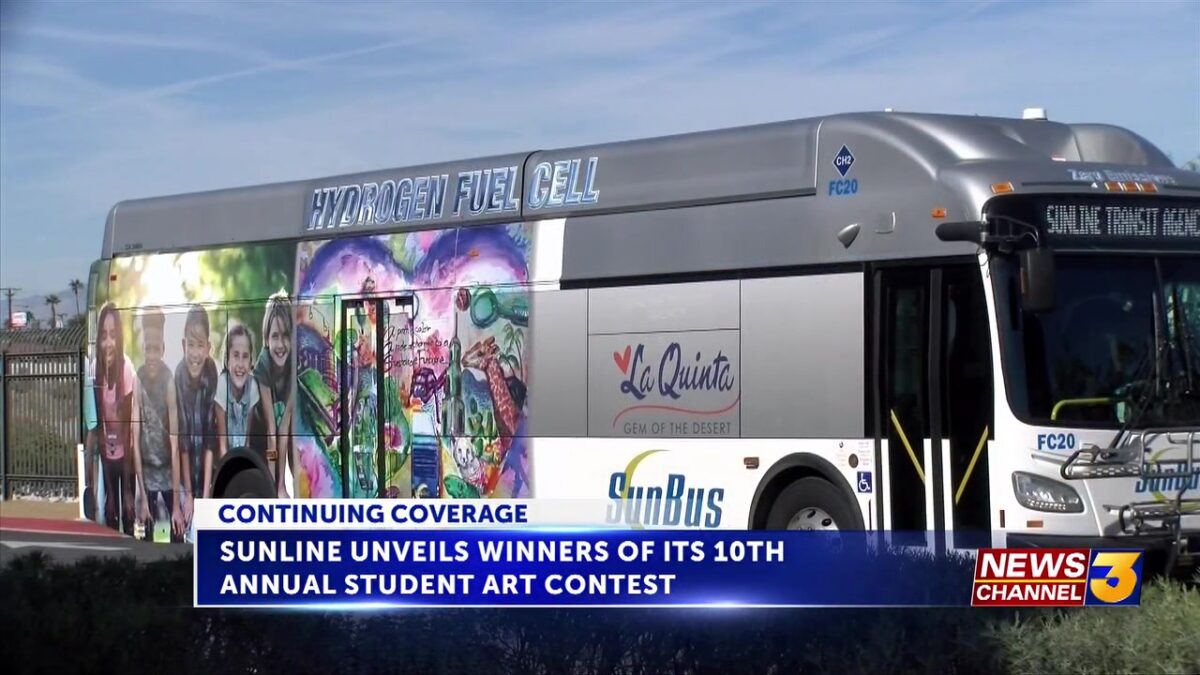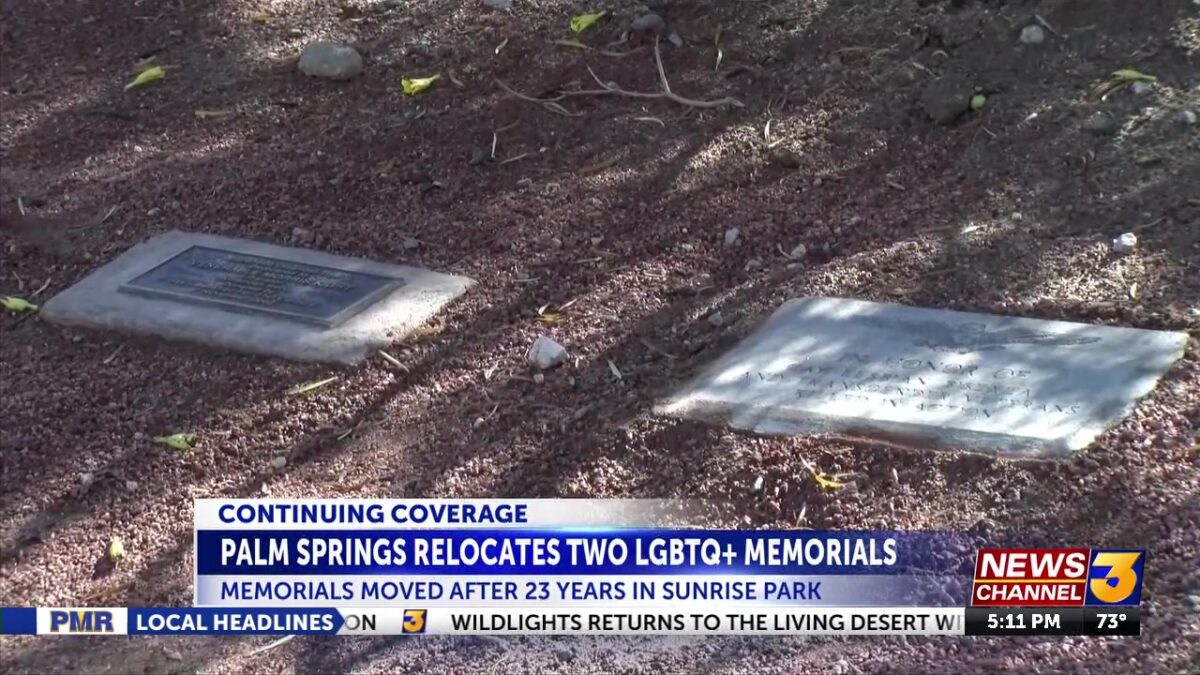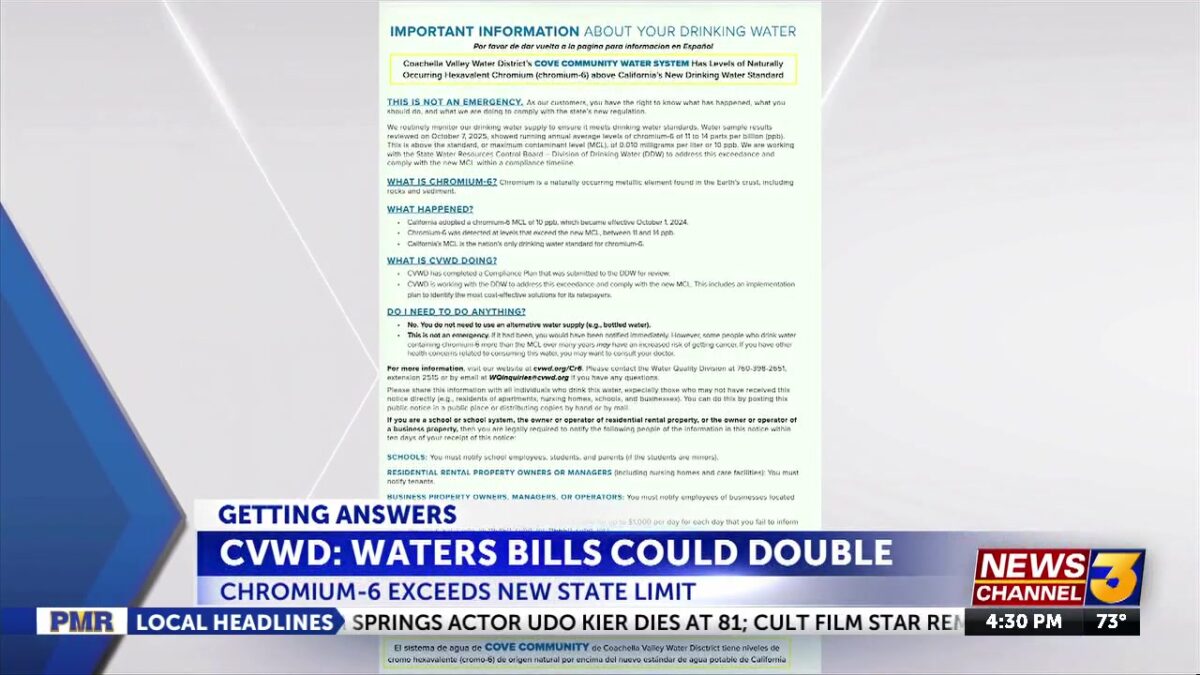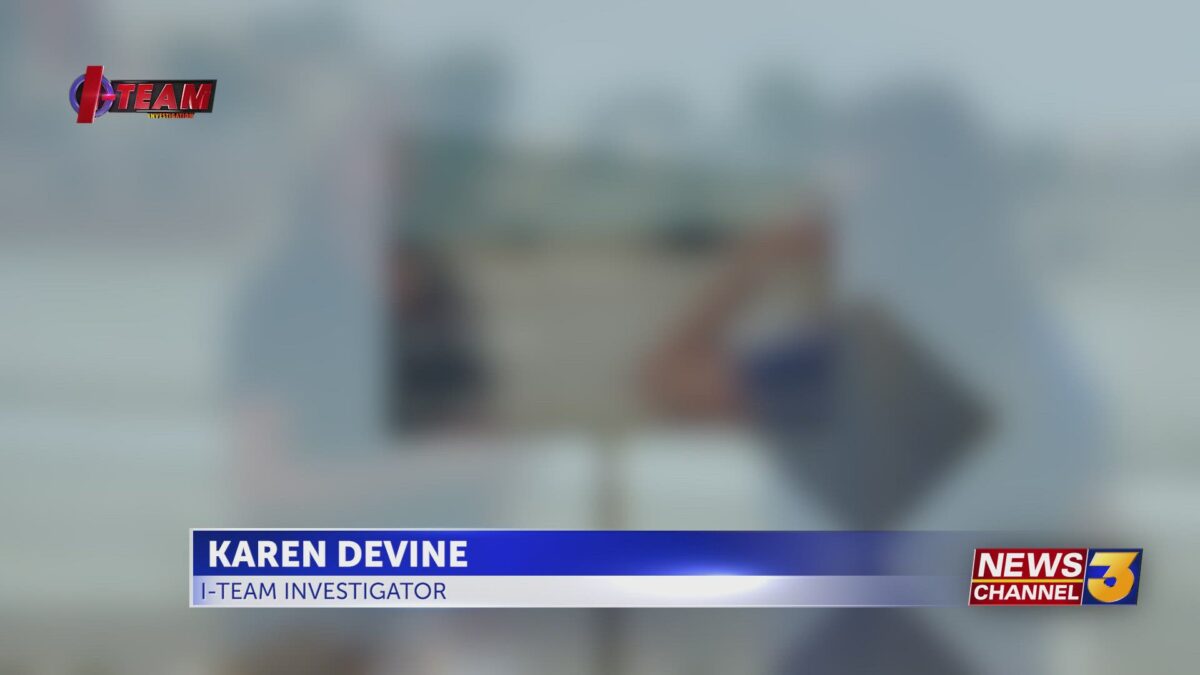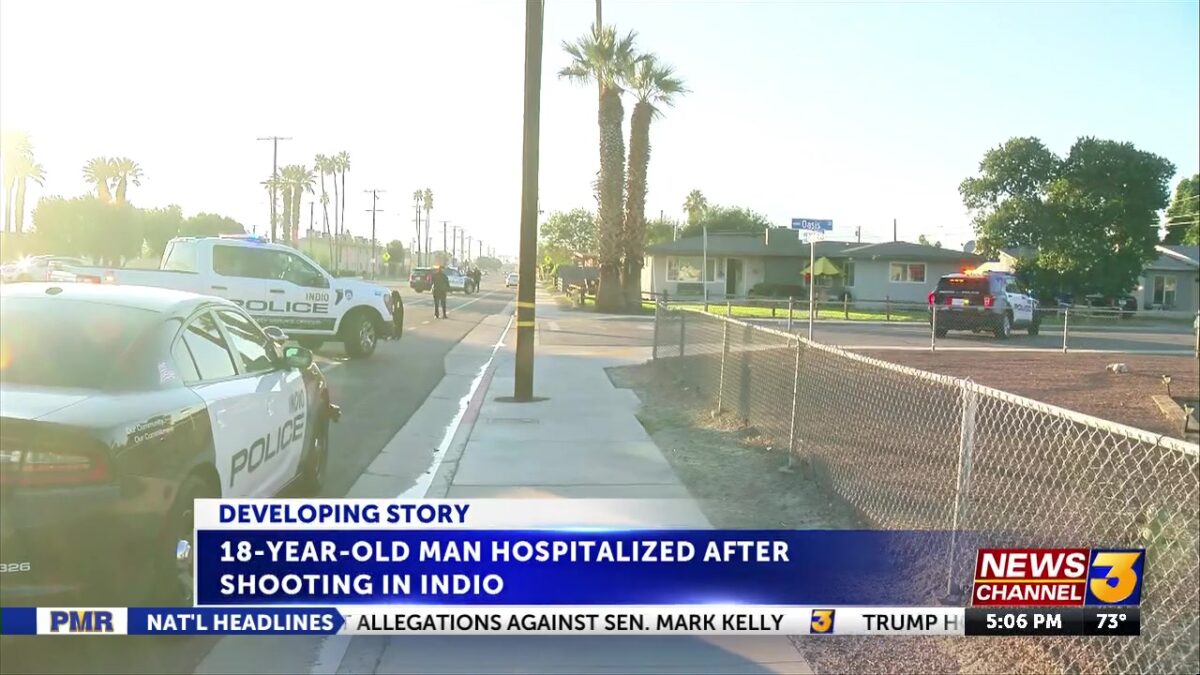Father says son was assaulted during Rancho Mirage HS soccer drill; PSUSD launches investigation
Karen Devine
RANCHO MIRAGE, Calif. (KESQ) – A Rancho Mirage father is speaking out after he says his 16-year-old son was assaulted during a soccer practice drill at Rancho Mirage High School.
Hugh Van Horn tells News Channel 3’s Karen Devine the incident happened during what his son described as a punishment.
Van Horn met with Devine at the news station, emotional as he remembered the moment he realized something was wrong. He said his son was visibly upset when he got in the car and then told him what had happened.
According to Van Horn, his son described a drill called a “Bamba,” where teammates line up in two rows and slap a player as they walk through. He says the drill was used as punishment for missing practice. Van Horn said coaches told his son to participate even after he expressed discomfort and said he didn’t want to be involved. He says four players hit his son despite his attempt to set boundaries.
Van Horn added that a text message sent to the team indicated the drill would be used as punishment. He said the text came from the Varsity coach, not the JV coach who has been placed on administrative leave.
Devine spoke with both coaches by phone. The varsity coach said “Bamba is not a punishment and not led by coaches” and declined further comment. The JV coach said he is leaving the matter to the district and had no additional comment.
The Palm Springs Unified School District confirmed an investigation is underway. In a statement, the district said it has contacted law enforcement regarding the allegations and that a JV coach has been placed on leave pending the outcome of the investigation. The district said it could not release additional information related to personnel matters.
Van Horn said he believes the district took appropriate initial action but wants accountability if the investigation substantiates his concerns. When asked whether he believes the varsity coach should be removed, he said he feels that would be an appropriate response, adding that his priority is ensuring no other student experiences what his son went through.
Van Horn said the incident has left his son uneasy, and the teen no longer feels comfortable returning to the team, something he had previously been excited about. He said it is upsetting that his son no longer feels safe participating in a school-sanctioned activity.
In the interest of transparency, News Channel 3 is not naming the coaches involved while the investigation continues. Van Horn said he chose to speak publicly to help protect other students.
News Channel 3 will continue following this story.
